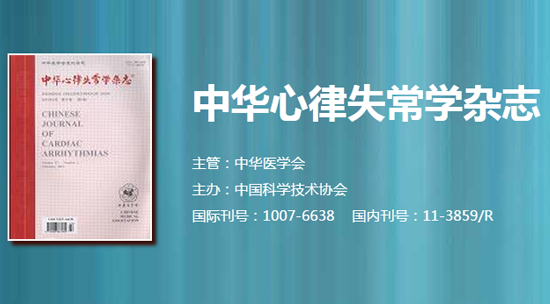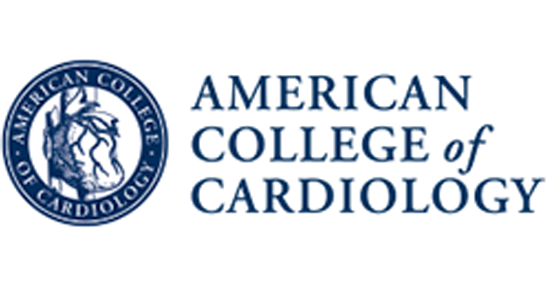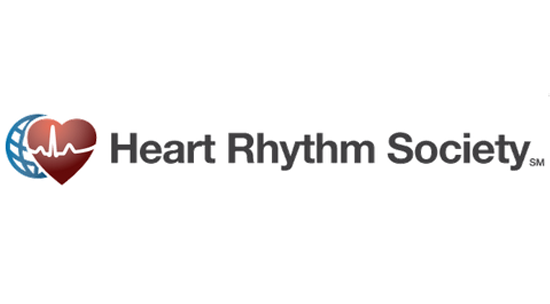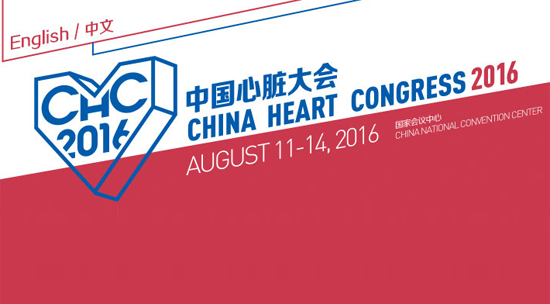Heart Rhythm主编—陈鹏生教授语音速递(二月刊 英文版)
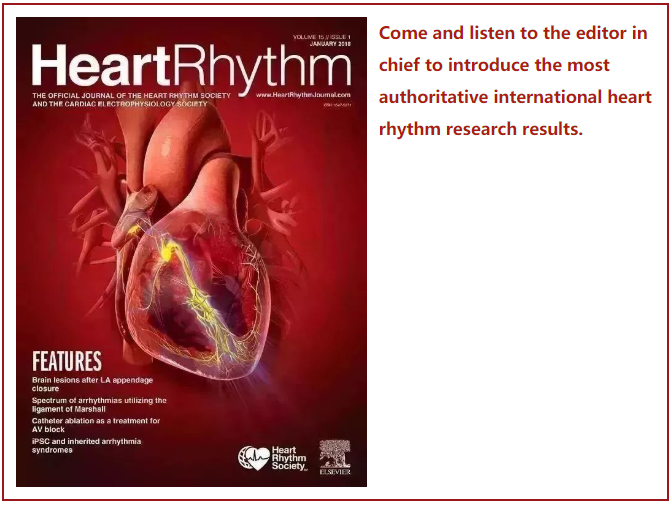
1
The featured article this month is titled, “Low complication rates using high power (45 to 50 Watts) for short duration for atrial fibrillation ablations” by Winkle et al., from Silicon Valley Cardiology, East Palo Alto, California. An accompanying video author interview conducted by our online editor, Dr. Daniel Morin, can be found at the www.heartrhythmjournal.com website. The authors examined the complication rates of AF ablations at RF powers from 45-50 Watts for 2-15 seconds per lesion. There were 14,000 ablations in 10,000 patients. They found very low complication rates with that approach. While this study is limited by the retrospective study design, these findings suggest that high power, short duration ablations have the potential to shorten procedure and total RF times and create more localized and durable lesions.
2
The next two articles report the effects of botulinum toxin type A, or BTA, injection into the epicardial fat pad to control atrial fibrillation during cardiac surgery. The first one is written by Romanov et al from Novosibirsk, Russian Federation, titled “Long-term suppression of atrial fibrillation by botulinum toxin injection into epicardial fat pads in patients undergoing cardiac surgery: Three-year follow-up of a randomized study.” The authors found that injection of BTA into epicardial fat pads in patients undergoing coronary artery bypass grafting resulted in a substantial, sustained reduction in atrial tachyarrhythmia incidence and burden during 3-year follow-up, accompanied by a reduction in hospitalizations. A second article by Waldron et al, from Duke University, is entitled “Temporary autonomic modulation with botulinum toxin type A to reduce atrial fibrillation after cardiac surgery”. The authors conclude that epicardial injection of BTA was without discernible adverse effects, but failed to make a significant difference in risk of postoperative AF. The Romanov study included patients with paroxysmal AF, while the Waldron study did not target patients with prior AF for recruitment. Multiple other differences between these two studies could also affect the results. More studies are needed to determine if BTA injection into epicardial GP is effective in preventing postoperative AF and AF during long-term follow up.
3
Choudhury et al. from Brussels, Belgium, wrote the next article, titled “Continuous monitoring after second-generation cryoballoon ablation for paroxysmal atrial fibrillation in patients with cardiac implantable electronic devices.” The authors followed 54 patients for 3 years. Continuous monitoring showed a success rate of 83% after 1 year and 76% after 3 years of follow-up. The authors also reported that 70% of episodes of palpitations after ablation were not due to recurrence of atrial fibrillation and that 16% of asymptomatic patients who were in sinus rhythm during follow-up clinic visits had developed episodes of silent AF. While the number of patients studied is small, these data provide important information on AF recurrences following cryoballoon ablation.
4
Next up is a paper titled “Prognostic efficacy of platelet count in patients with nonvalvular atrial fibrillation” by Park et al from Seoul National University, Korea. This is a retrospective study of 10,000 patients with non-valvular atrial fibrillation. The authors report that a lower platelet count was associated with a lower risk of stroke and a higher risk of bleeding events. These findings suggest that platelet count may be an independent risk factor for bleeding and stroke in patients with atrial fibrillation. However, more studies are needed to confirm that hypothesis.
5
The next article was written by Yarlagadda et al. from University of Kansas Medical Center. The title of the article is “Temporal relationships between esophageal injury type and progression in patients undergoing atrial fibrillation catheter ablation”. The authors define three types of esophageal injury: type 1 lesions are erythema only; type 2 includes superficial and deep ulcers, while type 3 is perforation. Based on their extensive literature review, all type 1 and most type 2 lesions resolved with conservative management. A small percentage of deep ulcers progressed to perforation and/or fistula formation, so these patients need to be followed closely. These findings may help clinicians manage patients with esophageal ulcers following atrial fibrillation ablation.
6
Emerek et al. from Duke University wrote the following article titled “Vectorcardiographic QRS area is associated with long-term outcome after cardiac resynchronization therapy”. Vectorcardiograms were derived from the surface ECG, allowing the authors to perform more detailed analyses of the QRS area. Patients with QRS area ≤95 μV-second were compared with those with QRS area >95 μV-second. They found that smaller vectorcardiographic QRS area is associated with worse outcomes. Interestingly, these findings are also applicable to patients with class I indications for CRT implantation, such as LBBB and QRS duration ≥150 ms.
7
Next up is a paper titled “Linking the Heart and the Brain: Neurodevelopmental Disorders in Patients with Catecholaminergic Polymorphic Ventricular Tachycardia” by Lieve et al, Academic Medical Center, Amsterdam. The authors studied 421 patients with CPVT. They found that intellectual disability is more prevalent among CPVT1 patients (8%) than in the general population (1%-3%). This subgroup of CPVT1 patients reveals a malignant cardiac phenotype with marked supraventricular and ventricular arrhythmias. These findings are plausible because of an abundant expression of RyR2 in brain tissue.
8
The next article is titled “A balanced translocation disrupting SCN5A in a family with Brugada syndrome and sudden cardiac death” by Yeates et al., from Centenary Institute, Sydney, Australia. The authors identified a family of Brugada syndrome with negative initial gene panel and exome sequencing for pathogenic mutations. They next analyzed the SCN5A gene and discovered a balanced translocation, defined as chromosome abnormality caused by rearrangement of parts between different chromosomes. They conclude that a balanced translocation breaking SCN5A is a novel mechanism underlying disease in a family with Brugada syndrome, sick sinus syndrome, cardiac hypertrophy, and sudden cardiac death. Genome sequencing can identify rare chromosomal aberrations causing inherited diseases that may otherwise be missed using gene panel and exome sequencing-based approaches.
9
Cipriani et al. from University of Padua, Italy, wrote the following article titled, “Predictive value of exercise testing in athletes with ventricular ectopy evaluated by cardiac magnetic resonance”. The authors performed CMR in 36 athletes referred for frequent (>500 per day) or repetitive premature ventricular beats. CMR revealed cardiac abnormalities in 20 of the 36 patients. Repolarization abnormalities on baseline ECG and complex exercise-induced ventricular arrhythmias with a right bundle branch block or polymorphic morphology identified the subgroup of athletes with the highest probability of CMR abnormalities. These findings suggest that ventricular arrhythmias in athletes may be associated with an underlying structural cardiac condition, which can potentially put these athletes at increased risk of sudden cardiac death.
10
Next up is an article titled “Moderate alcohol consumption is associated with atrial electrical and structural changes: insights from high density left atrial electroanatomical mapping” by Voskoboinik et al from Royal Melbourne Hospital, Australia. Patients who consume 8 – 21 drinks per week were defined as moderate drinkers. They found that regular moderate alcohol consumption, but not mild consumption, is an important modifiable risk factor for atrial fibrillation, associated with lower atrial voltage and conduction slowing. These findings imply that moderate alcohol consumption creates a substrate for atrial fibrillation. These changes may explain the propensity to atrial fibrillation among regular drinkers.
11
Berthome et al. from Nantes, France wrote the following article titled “Clinical presentation and follow-up of women affected by Brugada syndrome.” The authors enrolled 494 women into the study and followed them for a median of 57 months. They found that women represent a lower-risk group compared to men. In asymptomatic women, fragmented QRS and QRS >120 ms seem to be the only event predictors. Because sex hormones contribute to the repolarization differences between men and women, these findings suggest that repolarization changes are also important for arrhythmogenicity in Brugada syndrome.
12
The next article is titled “A Pore-Localizing CACNA1C-E1115K Missense Mutation, Identified in a Patient with Idiopathic QT Prolongation, Bradycardia, and Autism Spectrum Disorder, Converts the L-type Calcium Channel into a Hybrid Non-Selective Monovalent Cation Channel” by Ye et al from Mayo Clinic. This gene encodes the L-type calcium channel. The pore region of that channel contains highly conserved glutamic acid residues that collectively form the L-type calcium channel selectivity filter. The authors found that this calcium channel variant destroyed the L-type calcium channel’s calcium selectivity and instead converted the mutant channel into a channel with a marked increase in sodium-mediated inward currents and potassium-mediated outward currents. These findings explain the patient’s long QT syndrome and arrhythmia phenotype.
13
Next up is an article titled “Arrhythmogenic cardiac alternans in heart failure is suppressed by late sodium current blockade by ranolazine” by Fukaya et al, from Case Western Reserve University, Cleveland, Ohio. The authors performed transmural dual optical mapping of Ca2+ transients and action potentials in canine wedge preparations. They found that ranolazine attenuated arrhythmogenic cardiac alternans in heart failure, both by suppressing calcium alternans and decreasing the coupling gain of APD-alternans to calcium alternans. Blockade of late sodium current may reverse impaired calcium cycling to mitigate cardiac alternans, representing a mechanism underlying the antiarrhythmic benefit of late sodium current blockade in heart failure.
14
The next two articles are reviews. The first one is titled “The Anatomical Substrates for Outflow Tract Arrhythmias” written by Anderson et al from Newcastle University, United Kingdom. The second one is titled “Circadian rhythm of cardiac electrophysiology, arrhythmogenesis and the underlying mechanisms” by Black et al from University of Manchester, United Kingdom. The journal also publishes a Hands-On article by Belott of Grossmont Hospital, San Diego, titled “Cosmetic aspects of device implantation” and a Creative Concept article by Tereshchenko from Oregon Health and Science University, titled “Does plastic chemical exposure contribute to sudden death of patients on dialysis?”
I hope you enjoyed this podcast. For Heart Rhythm, I’m Editor-In-Chief, Dr. Peng-Sheng Chen.
